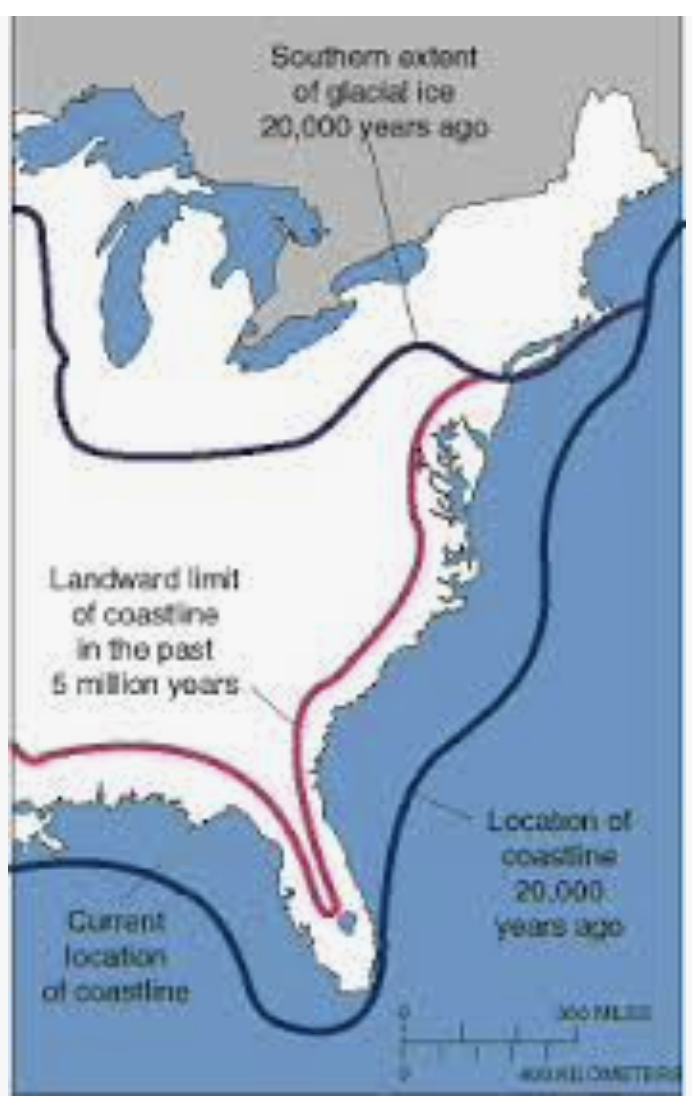Oh, just shut up
/Idiots.
Trash found at bottom of untouched water in huge ocean hole: ‘Starkest reminder of the danger of climate change’
This “news” is actually from a 2018 press release from Richard Branson, and is obviously being put out again now to feed the current “Global Boiling” campaign of hype and fear. the trash here is not the couple of bottles spotted 370’ deep, but the article itself: pure garbage.
“Rapid sea level change” turns out to mean “over 14,000 years or so”. Back then, the cave was on dry land; now it’s 407’ below the water. I blame SUVs.
[In 2018] Branson described the expedition as “one of the starkest reminders of the danger of climate change [he had] ever seen.”
“The Blue Hole is made of a complex system of caves that once formed on dry land. It is proof of how oceans can rise quickly and catastrophically, he wrote at the time.
Here’s more from this piece of crap propaganda:
They also found stalactites — a kind of icicle-shaped formation that usually hangs from the roof of a cave — which proved the Great Blue Hole was once a dry cave home to prehistoric life.
Scientists believe the cave formed during the last Ice Age, which ended about 14,000 years ago.
The cave flooded and collapsed as the Ice Age ended and sea levels began to rise, leaving behind the Blue Hole we see today.
Researchers also predict it won’t be around forever.
Waterfalls of sand tumble into the hole every day, slowly filling it up.
The earth is, roughly, 4.5 billion years old, so yes, 14,000 years is “quick”. So, for that matter, is the entire brief history of homo sapiens on our globe. But to pretend that this “discovery” is proof of our impending doom from a mere 100 years of “global warming” is just inexcusable, even if entirely predictable.
The amount of water in the oceans does change over the long term. During the last Ice Age, sea levels were lower, which allowed humans to cross over to North America from Asia at the (now underwater) Bering Strait.
During colder climatic periods more ice caps and glaciers form, and enough of the global water supply accumulates as ice to lessen the amounts in other parts of the water cycle. The reverse is true during warm periods. During the last ice age glaciers covered almost one-third of Earth's land mass, with the result being that the oceans were about 400 feet (122 meters) lower than today. During the last global "warm spell," about 125,000 years ago, the seas were about 18 feet (5.5. meters) higher than they are now. About three million years ago the oceans could have been up to 165 feet (50 meters) higher.

